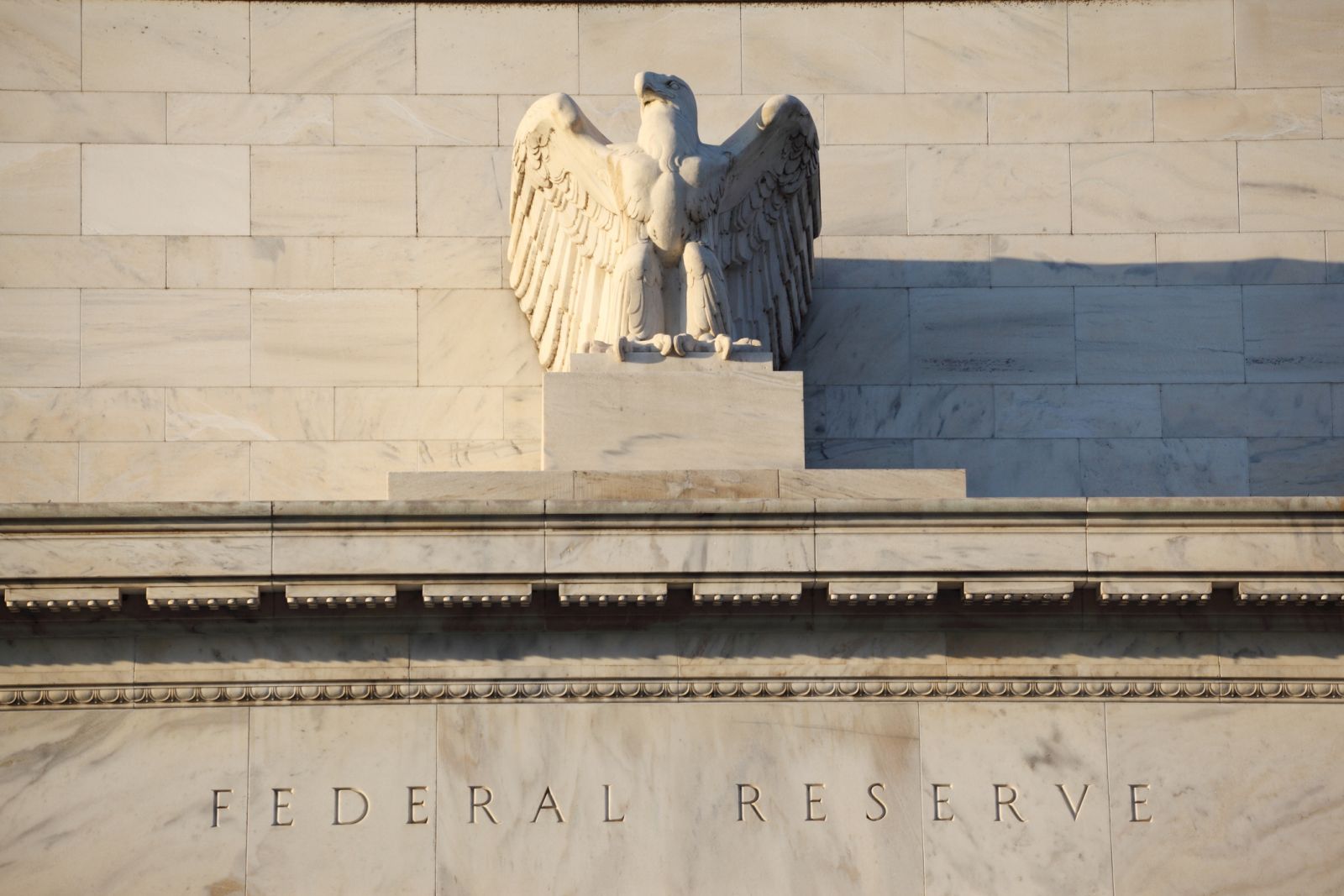
Fed Chair Powell today presented his semi-annual testimony before the House Financial Services Committee. Mr. Powell will appear Thursday before the Senate Banking Committee and repeat his prepared testimony, although he will answer different questions from panel members.
Mr. Powell’s prepared statement today was in line with his comments last week after the FOMC meeting and contained no real surprises. The FOMC last week left its funds rate target unchanged for the first time in 15 months, pausing its rate-hike stampede in which the Fed raised the funds rate by a total of 5.00 percentage points. Specifically, the Fed raised its funds target range from the 0.00%/0.25% range that prevailed during the pandemic to the current level of 5.00%/5.25%.
That rapid rise in interest rates caught some financial institutions by surprise and sparked insolvencies among several regional banks. There are likely more shoes to drop as higher interest rates take their toll on industries that need to roll over floating rate debt, particularly in the commercial real estate market.
Mr. Powell today reiterated that the Fed believes that higher interest rates will be needed to curb inflation. He said the Fed remains “strongly committed to bringing inflation back down to our 2% goal.” However, he also said the Fed is making decisions “meeting by meeting,” which means that a rate hike is not guaranteed for the next meeting.
The markets are discounting the odds at 76% that the FOMC at its next meeting on July 25-26 will raise its funds rate target by another +25 bp, according to the federal funds futures markets.
The FOMC last week surprised the markets by raising its median forecast in its dot plot for the federal funds rate to 5.60% by the end of this year. That means the Fed generally believes that a further +50 bp rate hike will be necessary from the current effective federal funds rate of 5.07%.
However, the markets are expecting no more than a +25 bp rate hike by year-end, according to the federal funds futures market. The markets are then expecting the Fed to be forced into interest rate cuts next year to 3.83% by December 2024, which would be down by -125 bp from the current level of 5.07%.
The FOMC itself is forecasting that it will cut the funds rate by -100 bp to 4.6% by the end of 2024 from 5.6% in late 2023, and then by another -120 bp in 2025 to 3.4%.
The market consensus is that the Fed is being forced to talk tough on persistently-high inflation, but will be less hawkish in practice as the economy and inflation eases. The consensus is for U.S. GDP next year to ease to a paltry +0.7% from an expected +1.2% this year. The U.S. economy surged by +5.9% in 2021 due to the post-pandemic boom, but then eased to a more normal +2.1% in 2022. The markets are expecting the U.S. economy to struggle through 2024 as the post-pandemic boom dissipates and as the economy adjusts to the Fed’s sharp +5 percentage point hike in interest rates.
The consensus is for the U.S. CPI to fall to the more normal level of +2.6% next year and then to +2.4% in 2025. However, the consensus is for the CPI this year to remain high at +4.1%, which illustrates the pressure the Fed is under to continue to talk tough on inflation. The CPI has already eased substantially to the current level of +4.0% y/y seen in May from the alarming level of 8.0% seen in 2022.
The markets currently seem to be satisfied that the Fed is addressing the inflation situation and is not allowing inflation to get out of control on a long-term basis. The 10-year breakeven inflation expectations rate is currently at 2.23%, which indicates that the markets expect inflation to average 2.23% over the next 10 years. That current breakeven rate is just slightly above the 20-year moving average for that rate of 2.18% and the Fed’s 2% inflation target. The breakeven rate measures the difference between the nominal and inflation-adjusted 10-year Treasury yields.
On the date of publication, Rich Asplund did not have (either directly or indirectly) positions in any of the securities mentioned in this article. All information and data in this article is solely for informational purposes. For more information please view the Barchart Disclosure Policy here.






